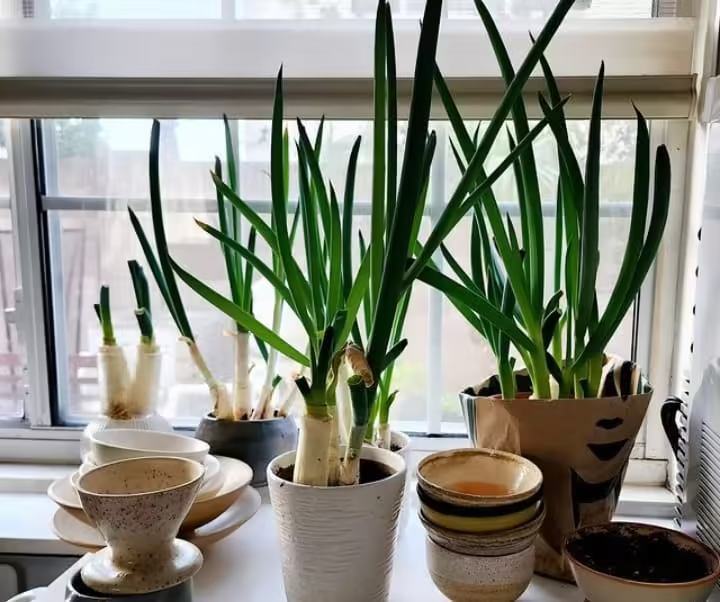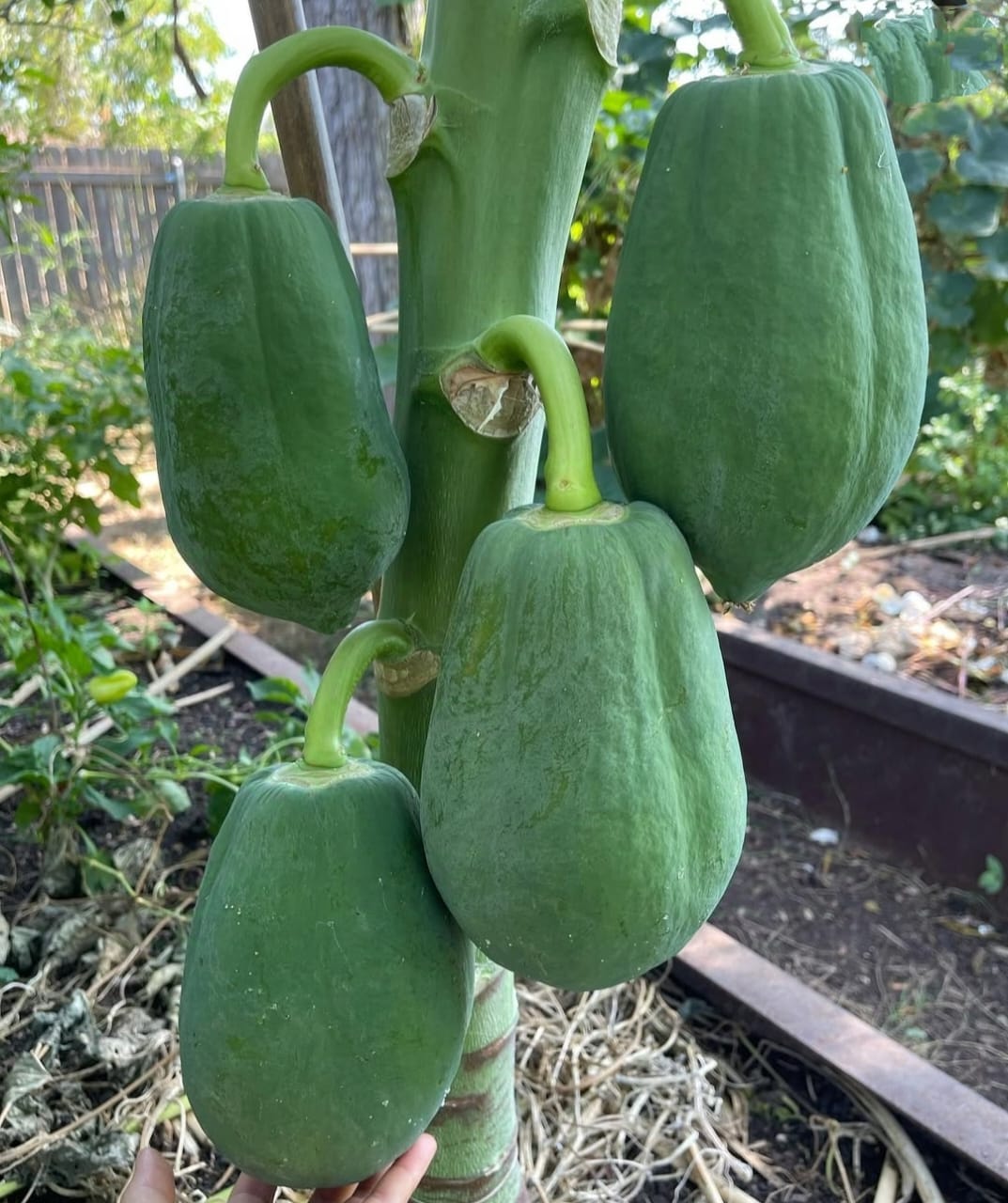These veggies are all underground growers. Their stems are green and leafy, growing above earth. In general, root vegetables are expanded storage organs that hold carbohydrates, which are used as energy. The amounts and proportions of sugars, starches, and other carbs vary amongst them. Root vegetables are often described as having a solid, starchy texture and a range of flavors from earthy to sweet.
Root Vegetables List:
1. Carrot

Root vegetables that are widely used as a basic component in many different types of cooking are onions. Eating onions has been linked to a number of health benefits.Add onions to salads, soups, scrambled eggs, casseroles, rice or pasta dishes and many other foods they work well in a range of meals.
Benefits:
- Packed with Antioxidants: Sulfur molecules and quercetin shield cells.
- Immune System Boost : The immune system is fortified by vitamin C.
- Helps Digest: A diet high in fiber promotes a healthy digestive system. Lessens inflammation when anti-inflammatory.
- Encourages Bone Health include both phosphorus and calcium, May Regulate Blood Sugar
2. Beets

One of the healthiest root vegetables is beets, which provide a high quantity of fiber, folate, and manganese in every serving. abundant in nitrates which are healthy plant chemicals that may help enlarge blood vessels, so reducing blood pressure and strengthening heart health.
Benefits:
- Packed with Nutrients: Rich in potassium, folate and fiber.
- Promotes Heart Health: Nitrates and betalains have the ability to reduce blood pressure.
- Increases Stamina: Exercise performance is improved by nitrates. Fiber facilitates regular bowel motions which aids in digestion.
- Lessens inflammation when anti-inflammatory.
3. Potatoes
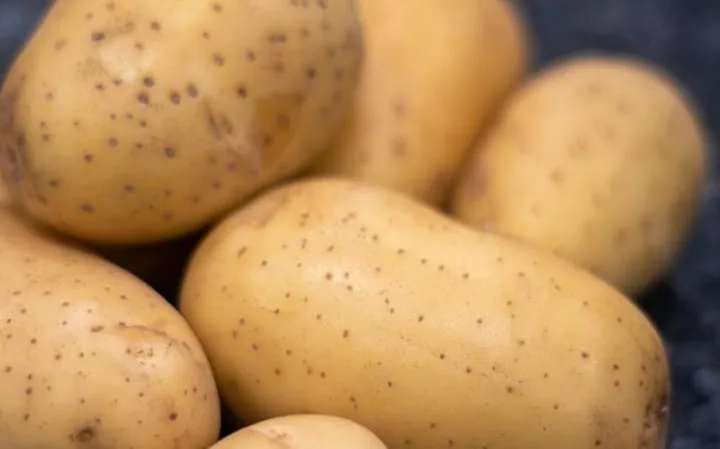
Potatoes are subterranean tubers that develop on Solanum tuberosum the potato plant. They are commonly offered as a side dish or snack and are typically consumed boiled, roasted, or fried. Potatoes are native to South America and were introduced to Europe in the sixteenth century. Today, they are farmed in many different forms all over the world.
Benefits:
- Packed with Nutrients : Rich in fiber, potassium and vitamins B and C.
- Supports Energy: The rapid energy surge that comes from carbohydrates.
- Aids Digestion: Fiber keeps the digestive system healthy and helps avoid constipation.
- Promotes Heart Health : Potassium aids in blood pressure regulation.
- Boosts Immunity : The immune system is supported by vitamin C.
4. Sweet Potatoes

Sweet potatoes are starchy tubers that have a vivid orange color. Sweet potatoes are especially delicious in the fall as a filling side dish or as a component in pies and other desserts as well as soups and stews.The vibrant roots have some really amazing health benefits.
Benefits:
- Packed with Nutrients: Rich in fiber, potassium and vitamins A and C.
- Supports Skin and Eye Health: Vitamin A, is helpful for the skin and eyes.
- Boosts Immune System: The immune system is strengthened by vitamin C.
- Helps with Digestion: Fiber promotes regular bowel motions and a healthy digestive system.
- Anti Inflammatory: Assists in reducing inflammation by containing antioxidants.
5. Turnips
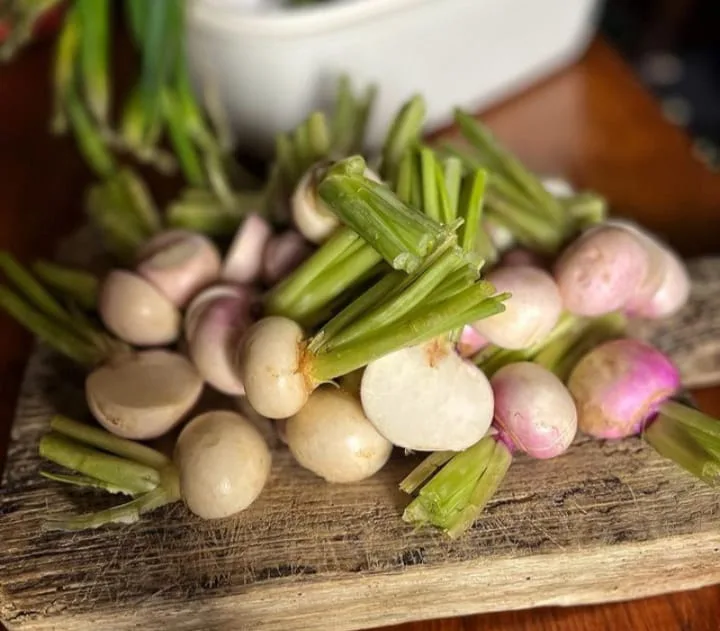
Turnips are a root vegetable that belong to the cruciferous family. The most popular varieties of turnip have exteriors that are purple, red, or greenish, and they have a white- skinned bulb that grows above ground and is known as the storage root or organ. The bulb has a smooth skin free of scars and side roots.
Benefits
- Packed with Nutrients: Rich in fiber, potassium, and the vitamins C and K.
- Immune System Support, Anti-Inflammatory.
- Aids Digestion: Fiber keeps the digestive system healthy and helps avoid constipation.
- Encourages Bone Health : Vitamin K keeps bones strong.
6. Rutabagas

A root vegetable, rutabagas are part of the Brassica genus of plants, also referred to as cruciferous vegetables unofficially. It resembles a turnip and is spherical and brownish-white in hue. Actually it’s frequently called a turnip crossed with a cabbage.
Benefits
Packed with Nutrients: Rich in fiber, potassium, and vitamins C and E.
Immune System Support: Vitamin C strengthens the immune system.
Helps with Digestion: Fiber encourages regular bowel motions and a healthy digestive system.
Promotes Bone Health, Anti-Inflammatory.
7. Radish
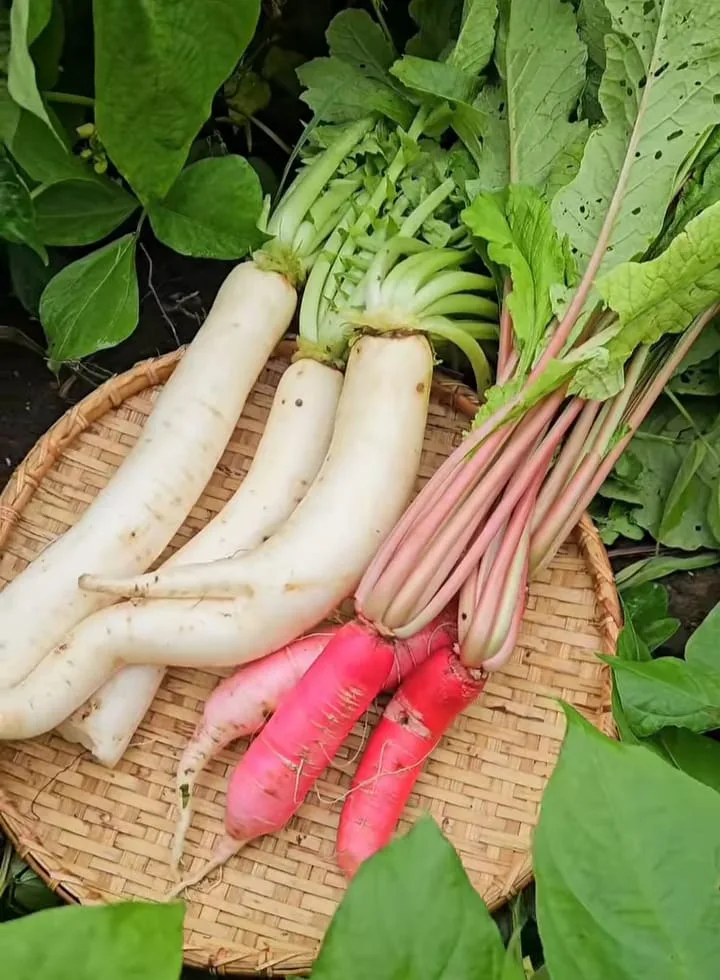
China and Japan are the native habitats of the radish plant.Its leaves and root are frequently consumed. Its seeds, leaves and roots are all utilized medicinally.
Chemicals found in radish root may aid in digestion. It may also assist in lowering blood pressure and blood sugar.
People use radish to treat diabetes, bile flow problems in the liver and a host of other ailments, but there isn’t any solid scientific data to back up these claims.
Benefits
- High in Vitamin C
- Boosts the Respiratory System
- Aids Digestion: dense in fiber.
- Encourages Heart Health: aids in blood pressure regulation.
8. Parsnips

Root vegetables such as parsnips are related to carrots and parsley root.They are abundant in a number of vital minerals and antioxidants that may strengthen digestion, boost immunity and facilitate weight loss.
Benefits
Parsnips have a number of health advantages:
- High in K and C vitamins
- Boosts the Respiratory System
- Aids Breakdown: dense in fiber.
- Encourages Heart Health: aids in blood pressure regulation.
- Anti-Inflammatory: Has anti-inflammatory properties thanks to antioxidants.
9. Yams

While yams and sweet potatoes may look similar yams are less sweet and more starchy than sweet potatoes. Depending on the maturity of the yam these vegetables can be white, yellow, orange, pink or purple in color. While yellow, purple and orange yams are full of complex carbs, antioxidants, and vitamins, white yams are high in potassium. All in all, yams are a healthy dietary option.
Benefits
- High in A and C Vitamins
- Immune system support
- Aids Fiber-rich diet for digestion.
- Potassium helps maintain heart health.
- Anti-Inflammatory: Has anti-inflammatory properties thanks to antioxidants.
10. Celeriac

Though it does not grow into the light green stalks you are used to munching on celeriac is a form of celery. Instead it’s a vegetable with a bulbous shape that resembles a grapefruit and a mild, slightly sweet flavor similar to celery.
Benefits
- High in K and C vitamins
- Immune system support
- Aids Fiber-rich diet for digestion.
- Phosphorus and calcium help maintain the health of bones.
- Anti-Inflammatory: Assists in reducing inflammation by containing antioxidants.
11. Kohlrabi

Though it has recently become a staple vegetable in northern India kohlrabi is a hardy annual vegetable that is mostly consumed in European countries. Kohlrabi may aid with weight loss, strengthen bones, stimulate circulation, strengthen the immune system, enhance eye health and safeguard muscle and nerve function, among other health advantages. It can also help with digestion.
Benefits
- Improve Digestion
- Help in Weight Loss
- Boost Energy Level
- Regulate Blood Pressure
- Prevent Anemia
- Improve Bone Strength
12. Ginger
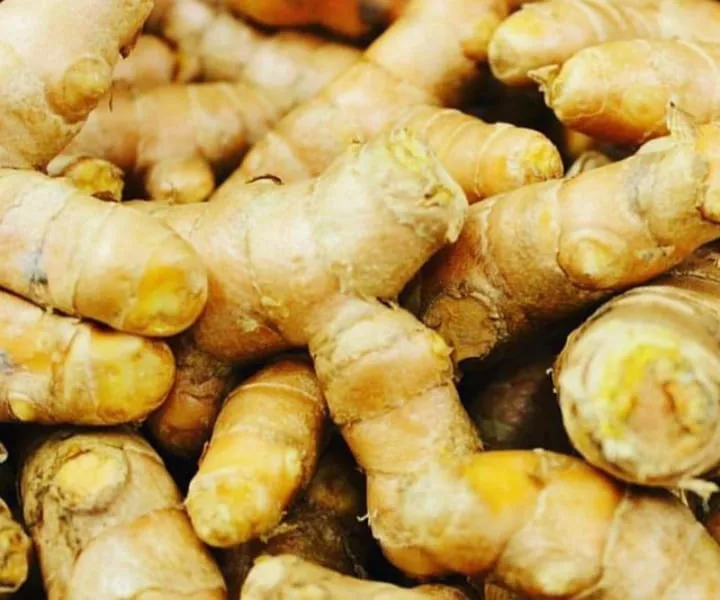
Ginger has been used medicinally, and in cookery since ancient times.It might ease stomach discomfort and nausea.Other potential health advantages of ginger include its antibacterial and antioxidant qualities.
Benefits.
- Compounds that lessen inflammation are found in anti inflammatory foods.
- Boosts Immune System : Aids in the defense against infections.
- Helps with Digestion : Reduces nausea and promotes healthy digestion.
- Promotes Pain Relief : May lessen joint and muscle aches.
- Enhances Blood Circulation : Promotes cardiovascular health and general circulation.
13. Lotus Root

Lotus root nutrition is rich in fiber and carbs and contains a number of vitamins and minerals. The root is ideal for an elegant garnish because it is low in fat and cholesterol and slices into a snowflake-like appearance. Here are a few advantages of experimenting with lotus root in the cooking.
Benefits
- High in B6 and C vitamins
- Boosts the Respiratory System
- Aids Fiber-rich diet for digestion.
- Potassium and antioxidants support heart health.
- Anti-Inflammatory: Promotes general health by lowering inflammation.
14. Cress Root

Lepidium sativum, or garden cress, is a plant that is consumed raw. Its above-ground, root, and seed are also utilized medicinally. Chemicals found in garden cress leaves and seeds may help reduce blood sugar. Chemicals found in garden cress may also aid in the fight against certain viruses and bacteria.
Benefits
- Rich in Vitamins A, C, and K
- Boosts Immune System
- Aids Digestion: High in fiber.
- Supports Bone Health: Contains calcium and iron.
- Anti-Inflammatory : Contains antioxidants that reduce inflammation.
15. Burdock Root

Burdock root is an antioxidant-rich vegetable that is frequently used as a home treatment for many skin ailments. It can be used in recipes and is available as a tea, root, powder, or extract.
Benefits
- Packed with Antioxidants: includes antioxidants such as quercetin.
- Promotes Digestion: Rich in fiber, it promotes gut health and digestion.
- Cleanses the Body: enhances detoxification and liver function.
- Contains immuno supportive chemicals, which boost the immune system.
- Anti-Inflammatory : Promotes joint health and aids in the reduction of inflammation.
16. Salsify

Salsify, a root vegetable that is part of the dandelion family is sometimes referred to as the oyster plant due to the similarity in flavor when cooked. The thick skin and creamy white flesh of the root resemble those of a long,thin parsnip. Similar to several root vegetables, salsify can be prepared by boiling, mashing, or incorporating into soups and stews.
Benefits
- Rich in Vitamin B and C
- Boosts Immune System
- Helps Digestion: Very high in fiber for digestive health.
- Supports Bone Health : It is a source of calcium and phosphorus.
- Anti-Inflammatory : It contains antioxidants which reduce inflammation
17. Jicama

It is a plant’s root that yields beans resembling lima beans. On the other hand, jicama beans are poisonous. Jicama was first cultivated in Mexico and then made its way to Asia and the Philippines. It grows best in areas that are warm all year round, since it needs a long growth season without any frost.
Its flesh has a slightly sweet, nutty flavor and is juicy and crisp. Some people claim that it tastes like a hybrid of a pear and a potato. Some people liken it to a water chestnut.
Benefits
- Vitamin C-rich: strengthens the immune system.
- High in fiber to promote digestive health and support digestion.
- Encourages Hydration: A high water content aids in keeping one’s body hydrated.
- Low in calories: Aids in maintaining a healthy weight.
- Anti-Inflammatory: Assists in reducing inflammation by containing antioxidants.
18. Cassava

A ubiquitous root vegetable in many parts of the world, especially Africa and the Caribbean, is cassava, often referred to as yuca.Due to its resistance to pests, illnesses and dryness cassava is a widely used energy and calorie source in tropical and arid regions.
Benefits
- High in Carbohydrates : Offers a substantial source of energy.
- Boosts the Digestive System: rich in dietary fiber.
- Increases Immune System: Vitamin C is present.
- Phosphorus and calcium help maintain the health of bones.
- Gluten-free: Ideal for people who are intolerant to gluten.
19. Arrowroot

A tropical root vegetable, arrowroot is also known by its scientific name, Maranta arundinacea L. Although it originated in the West Indies, South America and Central America, it is now produced in tropical places all over the world.
The enormous size of the stems on arrowroot is distinctive. The portion of the arrowroot plant that grows above ground can reach a height of six feet in contrast to other root crops you may be familiar with.The plant is edible roots are roughly 10 inches long and resemble big potatoes.
Benefits
- Promotes Digestive Health: Easily digestible and soothing for the gut.
- High in Carbohydrates: it supplies the organism with quick energy.
- It enhances the immune system: provides vitamin B6 as well as other nutrients.
- Gluten-Free: Available for gluten-sensitive individuals.
- Helps in Weight Loss: Fat content and calories are low.
20. Dandelion Root

Native to Europe, dandelion (Taraxacum officinale) is a herb. Although there is little proof, the leaf, blossom, and root have been used for a variety of illnesses.
In all of the northern hemisphere’s moderate climates, dandelions can be found. It has ingredients that may reduce edema, stimulate the production of urine, and stop urine crystals from accumulating, which could result in kidney and urinary tract infections.
Benefits
- Dandelion Root Some health benefits include that it supports liver health, which means it provides the liver with purification and function.
- Aids digestion. It is a mild diuretic and promotes digestion.
- Increases immunity as it contains vitamins and antioxidants.
- Anti-inflammatory: Inflammation reductant, maintains joint health.
- Supports kidney health: It is helpful in maintaining the function of the kidneys and fluid balance.
If you have any doubt regarding these vegetables or want any vegetables recipe do comment below. Use these vegetables in your daily life and live a healthy life. Thank You for reading.
Post you may also like: Amazing 10 Health Benefits of Sweet Potatoes – weight loss, skin benefits
for fitness guidance click here.

Ankush Kumar is a professional content writer and the founder of Healthnick.com. He is a health and wellness enthusiast with a deep interest in nutrition, fitness and holistic living. Harish is committed to delivering research-based insights on various health topics. He enjoys exploring new trends in health, experimenting with nutritious recipes, and staying active.

